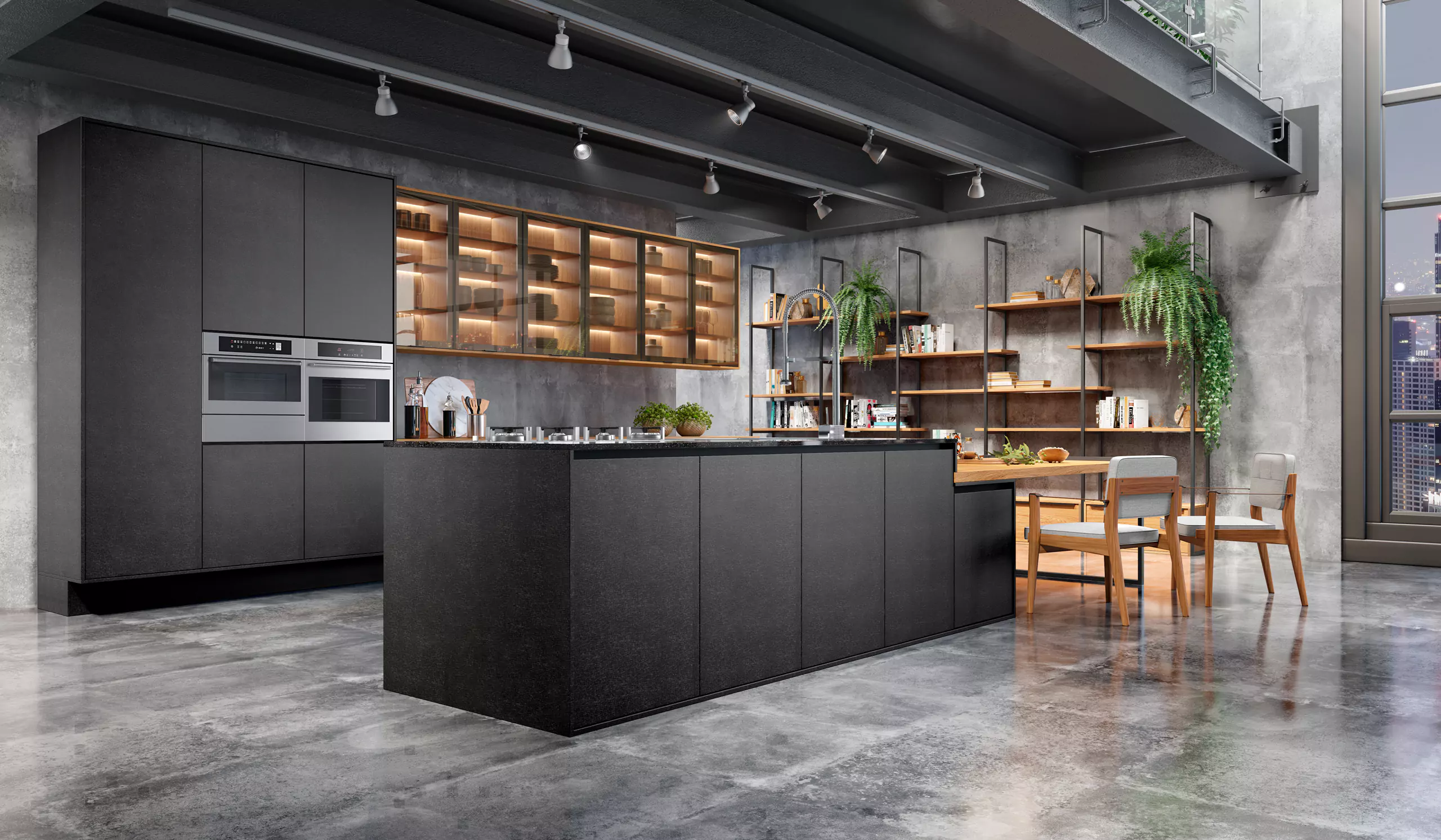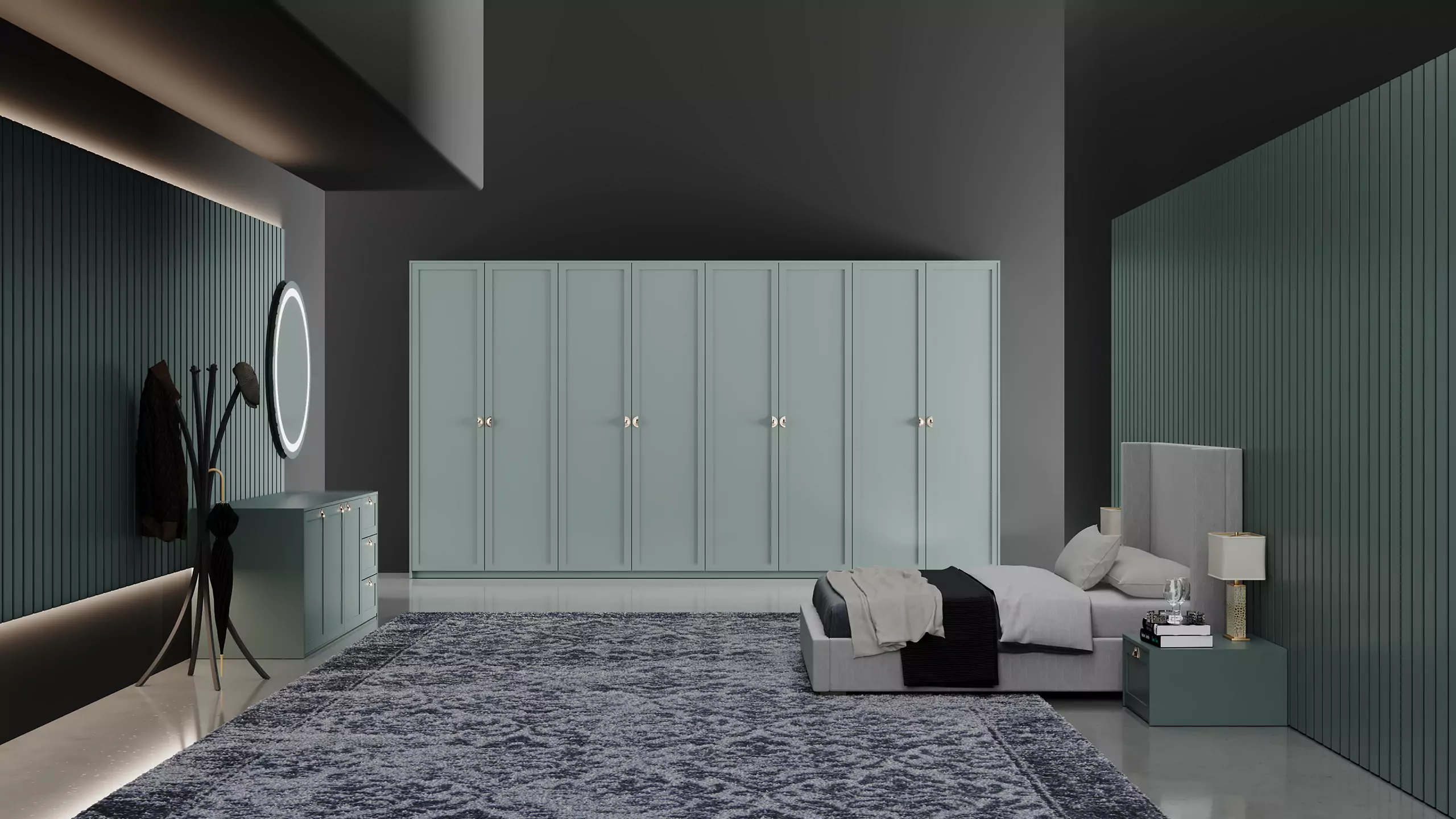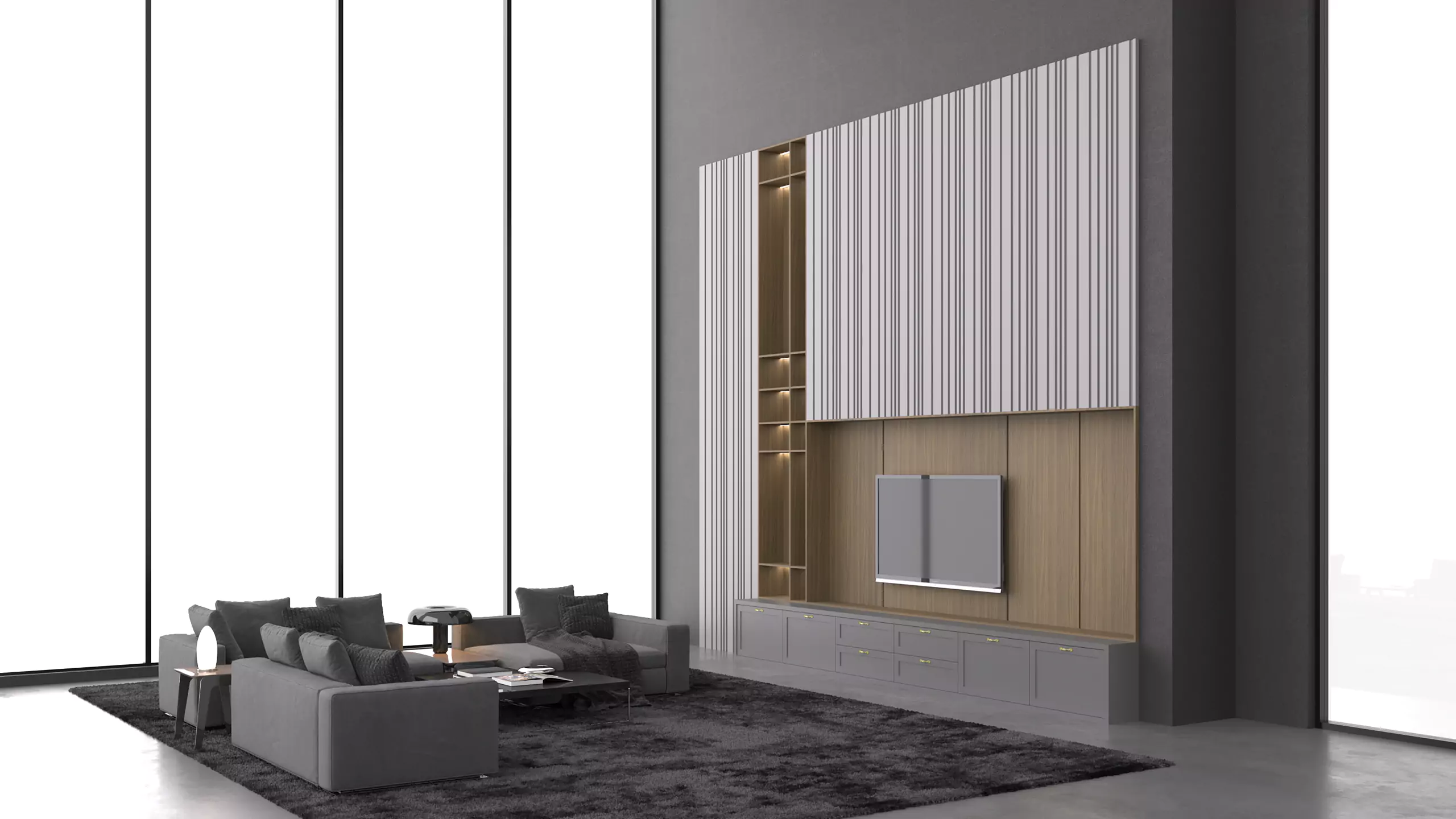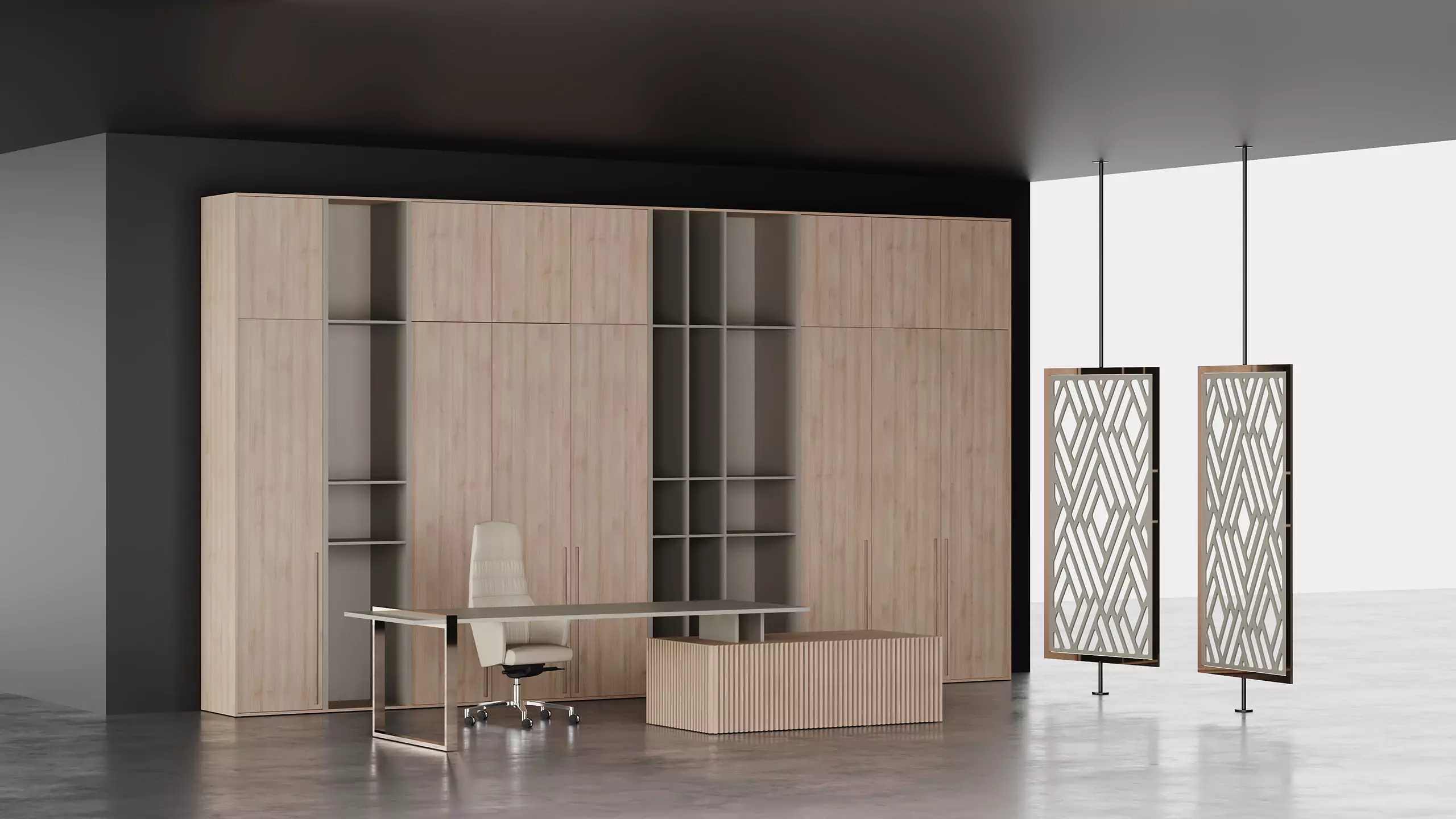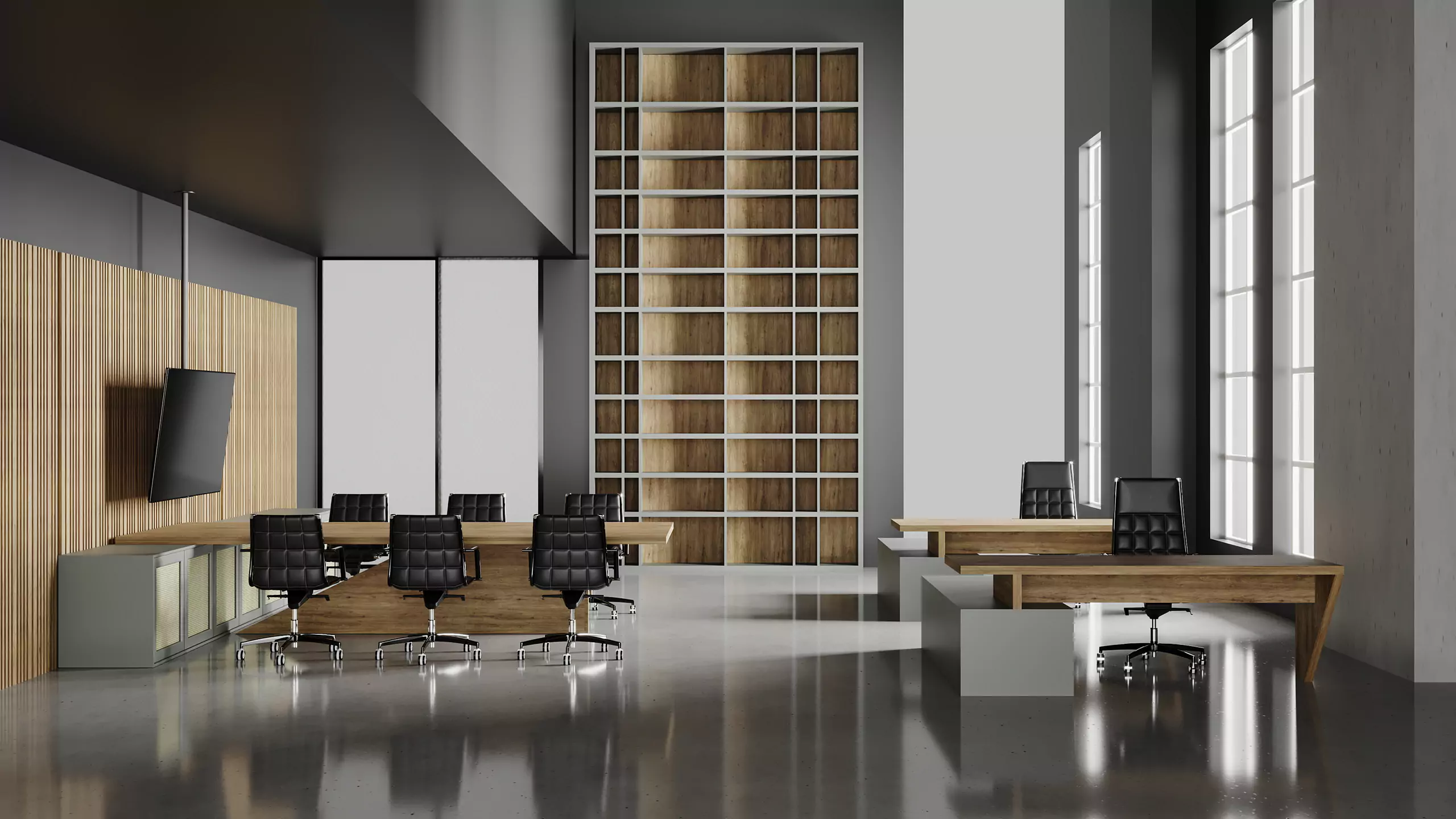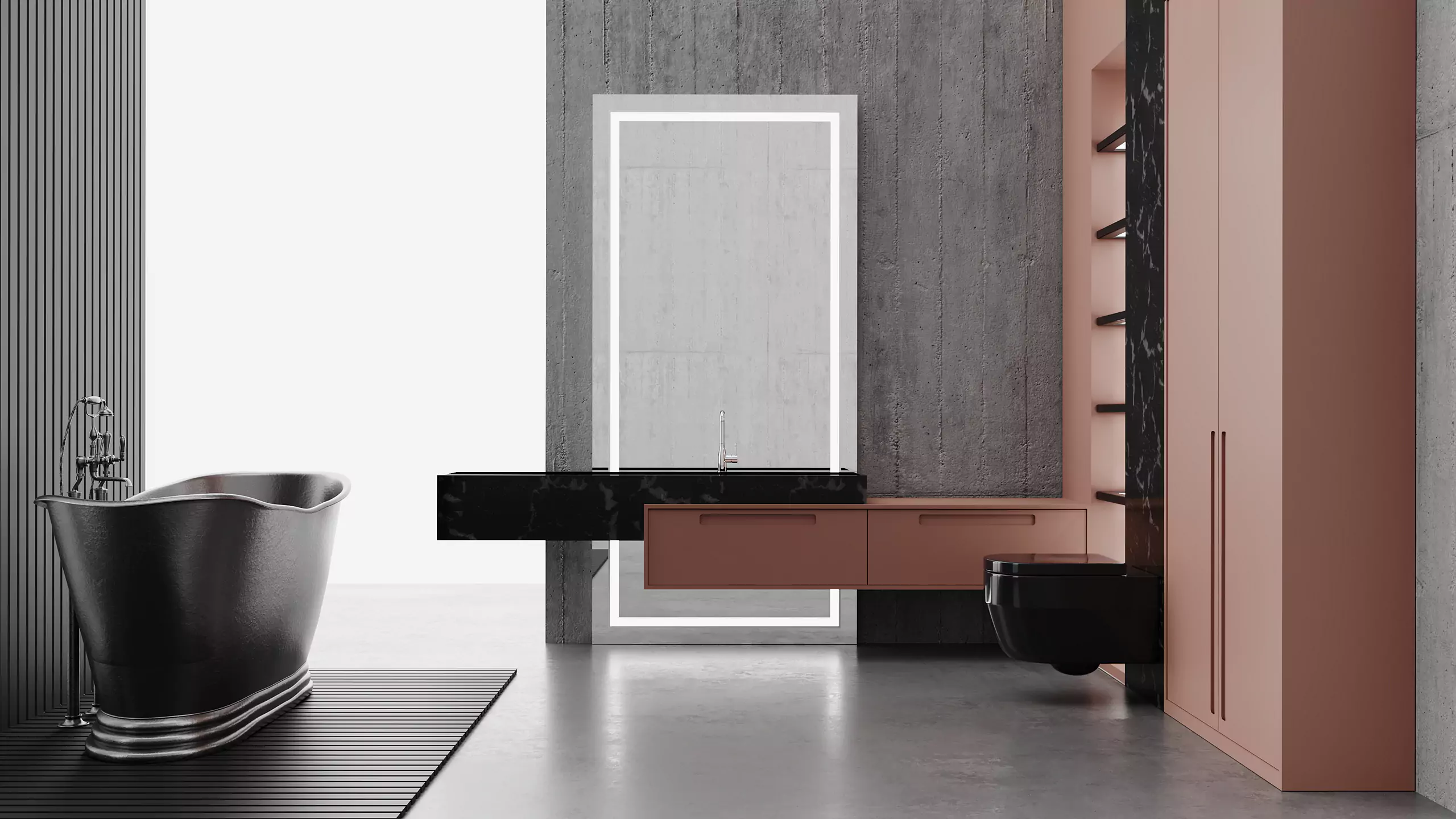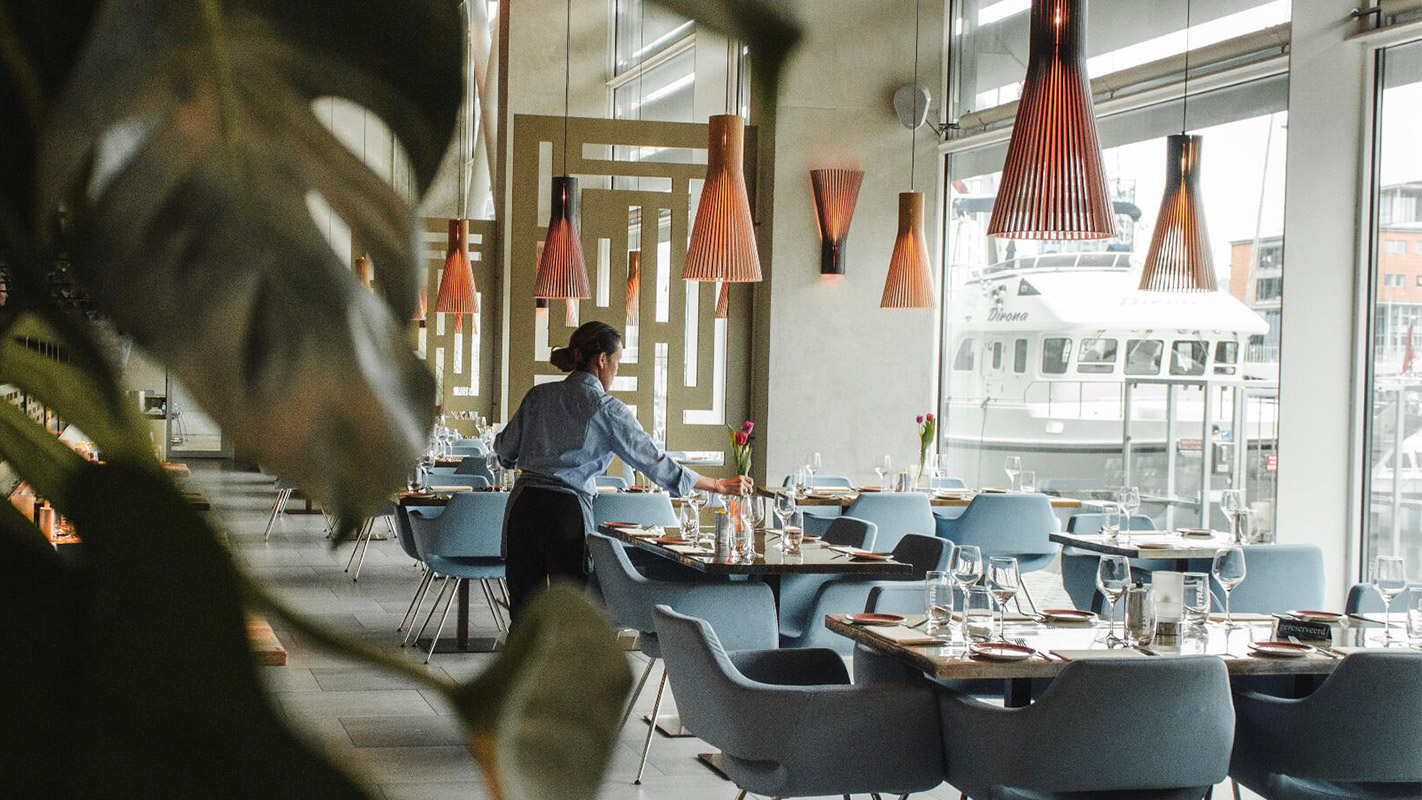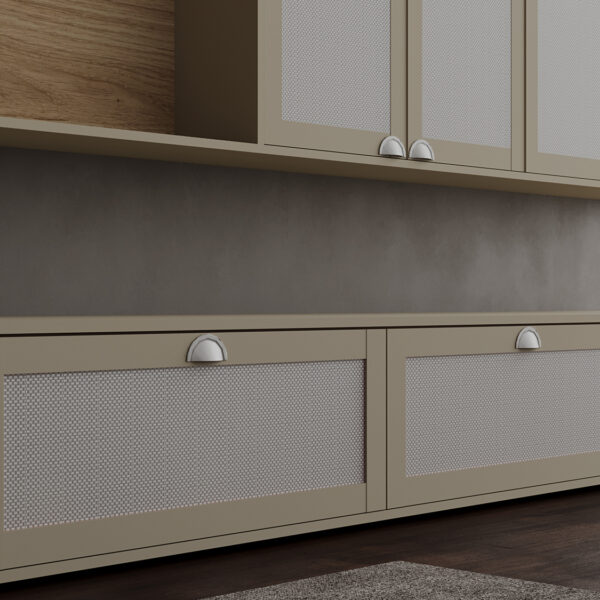Known as retail design, retail design is a branch of interior design that operates in commercial spaces.
With the growth of online sales and services every day, this branch has been gaining strength, as it helps to further enhance the physical shopping space, by providing a pleasant experience at this time. Nowadays, there is much less to buy (many prefer to buy with one click). Therefore, for traditional customers who still choose the point of sale, it is necessary to think about the best possible space.
When done correctly, the method makes consumers create bonds with the brand. This is because every organization of the space, decoration elements, furniture and lighting seek to translate the brand's DNA. Its characteristics, concepts and intentions accompany the customer during the purchase process.
One of the main advantages of retail design is being able to focus on the consumer experience. In addition to a place to purchase, the store can become an environment for monitoring trends in that market and also a space that provides an opportunity to highlight the quality of products, services and brand values.
This marketing practice involves techniques from different areas, such as architecture, marketing, product, service and strategic design, in addition to market research. The concepts are applied throughout the commercial space, promoting interaction between different points, such as the facade, showcase, lighting, furniture, decoration, music and even the store's aroma.
The Nike store, in Miami, United States, is an example of the good use of retail design. The sporting goods store unit has artistic installations, a multi-sports space, consultancy with brand representatives and integration between the physical and online store.
